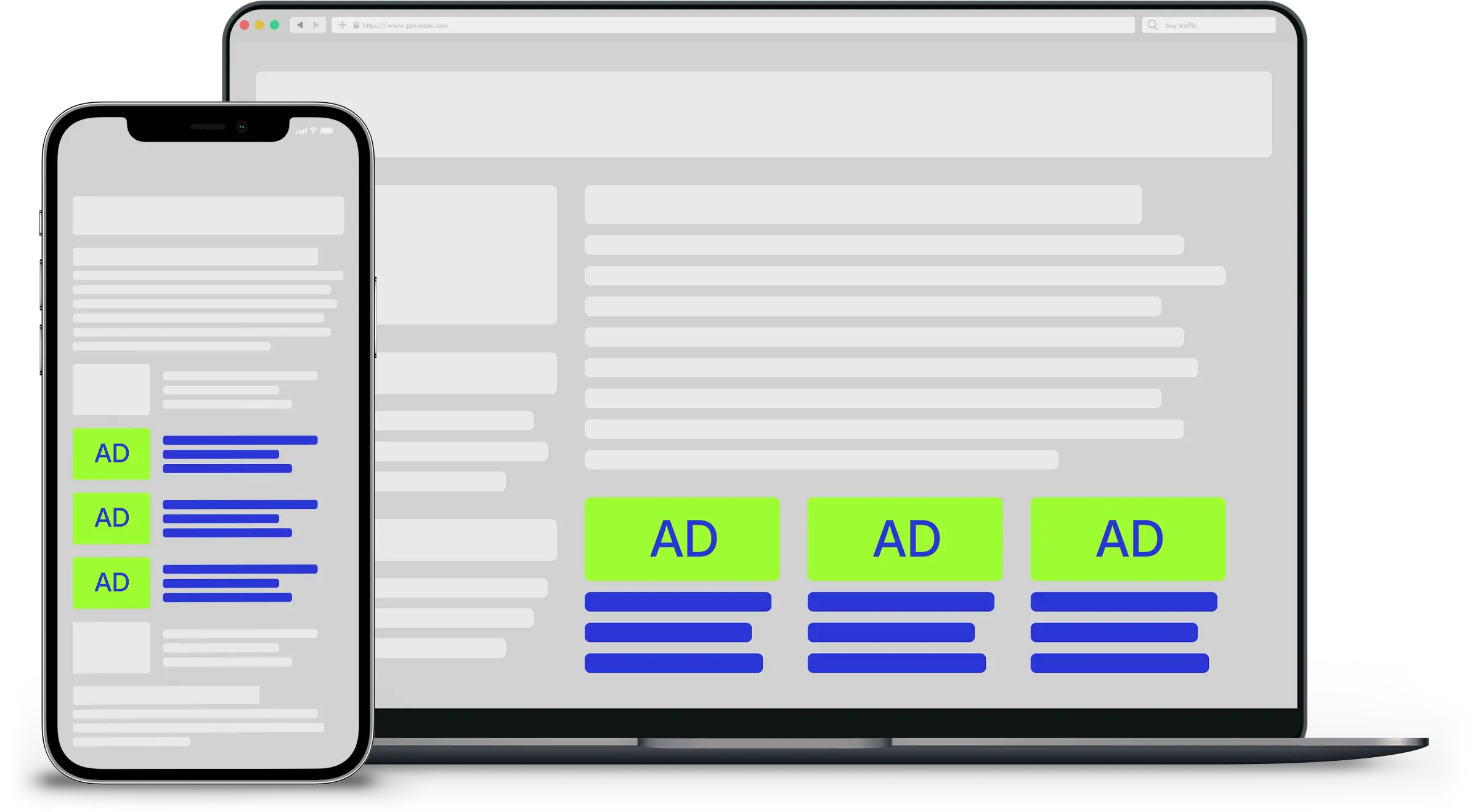Recommendation engines are a powerful tool for Amazon, Netflix and more. Columnist Daniel Faggella takes a look at the benefits of recommendation engines and explains why marketers should be paying attention.
Netflix’s long list of suggested movies and TV shows is a fantastic example of a personalized user experience. In fact, about 70 percent of everything users watch is a personalized recommendation, according to the company.
Getting to that point hasn’t been easy, and improving on its recommendation system is an ongoing process. Netflix has spent well over a decade developing and refining its recommendations.
In 2006, it launched the Netflix Prize to search for machine learning experts who could improve its previous algorithm. A team of algorithmic scientists bested the company’s algorithm by 10 percent — a small percentage, you may think, but it was convincing enough for the company to expect huge improvements in the future. The team’s efforts earned them a $1 million prize.
Recommendation engines can help marketers and organizations increase the likelihood of arriving at recommendations tailored to a user’s past online activity or behavior using in-depth knowledge based on big data analysis.
In this article, I’ll explore how companies can increase their ROI by fruitfully leveraging personalization and recommendations. I’ll break down the potential business benefits of recommendation engines into three categories based on my company’s analysis of dozens of recommendation engine use cases.
Improving with use (positive feedback loop)
The goal of the Netflix Prize was to improve member retention — or in other words, make its service more “sticky” in the long run. But the company wasn’t looking for a one-time improvement.
The promise of recommendation engines is to build a self-improving system, one that — given a sufficient stream of data — can better satisfy users over time. As Netflix’s Carlos Gomez-Uribe and Neil Hunt explained in a published paper (PDF):
If we create a more compelling service by offering better personalized recommendations, we induce members who were on the fence to stay longer, and improve retention.
By offering a list of what may likely appeal to its members through hyper-specific classification, Netflix has narrowed down the myriad on-demand video streaming options. And measuring results through trends in viewership and churn allows the company to refine those results more and more every day.
Aside from adding new members, for the company to sustain its revenue growth, it must be able to retain its existing subscribers. In other words, the smaller the churn, the higher the monthly revenue.
Netflix has very little time to convince users to browse the app and select a video; they lose interest 60 to 90 seconds after reviewing around only 20 titles, according to the company.
Gomez-Uribe and Hunt said that by applying a more sophisticated recommendation system and personalized user experience, it has allowed them to save $1 billion per year from service cancellations.
A look into Netflix’s revenue figures reveals that in the second quarter of 2017, the company had 32.3 percent year-over-year growth, brought about by adding 5.2 million subscribers to its existing 99 million members in the previous quarter.
With more data to train its algorithms on (read: more active users interacting with the Netflix platform every day), Netflix has the advantage of improving its offering faster and faster for existing users. This “winner take all” dynamic, according to the AI investor Gary Swart of Polaris Partners, is one of the reasons why “improvement with use” is so important.
Is there any website that can give you answers to your questions as well as Google? Probably not. It has the massive market share and is likely to improve faster than any competitors using less data. Can any online shopping experience recommend better-related products than Amazon? Probably not.
You get the point: Recommendation engines in all niches have the possibility of creating the same kind of extreme differentiation.
Improving cart value (profit)
With $37.9 billion in revenue in the second quarter, Amazon continues its glorious dominance over online retail. Its item-to-item collaborative filtering algorithm, introduced in 1998, presents recommendations to customers based on product lines and subject area. The system matches a customer’s purchased and rated items to similar products in their list, which are then selected to be part of their recommendations.
While on some websites, recommendations exist in only one aspect of the customer journey (for example, a list of “related items” on the site’s checkout page), Amazon has integrated many recommendation “entry points” into its online experience to maximize cart value.
For example, users can click on the “Your Recommendation” link to display a page that contains categorized products that might be of interest, or they can refer to the section containing similar items with previously viewed products.
Users also can check out bundled goods under the “Frequently Bought Together” section, which allows Amazon to cut delivery costs when purchased together. This wouldn’t be possible if not for the billions of data points — from purchase history to abandoned carts — that the online retailer analyzes.
McKinsey estimated that 35 percent of consumer purchases on Amazon come from product recommendations, although the e-commerce giant itself has never revealed its own estimates. In 2016, it offered its open-source artificial intelligence (AI) framework called, DSSTNE (pronounced as “destiny”), for free to encourage the development of artificial intelligence apps.
Alibaba Group, another e-commerce behemoth, continues to dominate China’s e-commerce scene through its Tmall and Taobao platforms. Customers are presented with product recommendations based not just on their past transactions, but also on browsing history, product feedback, bookmarks, geographic location and other online behavior data.
The company uses AI to offer product recommendations to new users who have no previous transaction data. Its technology can receive data points from a user’s product purchases elsewhere and use it to match items in their pool, Wei Hu, director of data technology at Alibaba’s Merchant Service Business Unit, explained in a statement.
During the 11.11 Shopping Festival in 2016, a 24-hour online shopping event in China, Alibaba used AI to display product recommendations on shoppers’ personalized pages. Participating merchants customized their storefronts based on their target customers’ data. Alibaba told InsideRetail Asiathat it generated 6.7 billion personalized shopping pages with a 20 percent conversion rate improvement from the event.
Improving engagement and delight (retention)
YouTube’s recommendation engine has been powered by Google Brain since 2015, and Google considers it to be one of the most sophisticated recommendation systems to date.
Like Netflix, YouTube had plenty of experiments and redesigns before employing an algorithm that searches for similarities among different types of video content. Johanna Wright, YouTube’s vice president of product management, told Wired that the company is now more confident that the recommended videos they’re showing have relevance to the viewer.
You can also go for product management certification in Singapore to gain proper insights.
Some of the data points that it uses include a user’s viewing history, age of videos, search terms and location to decide which video will play next. Unlike Netflix, YouTube is free and relies entirely on engagement with its content (and exposure to ads) — rather than a subscription billing model.
Through recommendations, YouTube hopes to keep a viewer engaged on the site while the system matches ads based on historical data. YouTube earns revenues when a viewer watches more than 30 seconds of an ad, or when a user clicks an entity on the screen or an ad listed on the page.
Its parent company, Alphabet, lists YouTube as part of the entire Google websites platform, so no separate revenue figures are listed (total Google ad revenues as of June 30, 2017, amounted to more than $22 billion).
On the other hand, music streaming services such as Pandora and Sweden-based Spotify use recommendation engines as a way to improve engagement and retain subscribers. These internet radio companies earn revenue through paid subscription plans and advertising for non-subscribers.
Spotify’s Discover Weekly recommends songs based on a user’s tastes, listening habits, favorite artists, and even the features they use. This is made possible through collaborative filtering and natural language processing. Edward Newett, an engineering manager who contributed to the recommendation feature, explained to Wired:
By trying to mimic the behavior of all of our users when trying to put together their perfect mix, we can leverage Spotify’s 2 billion playlists, target individual tastes and come up with playlists that will be interesting.
Pandora’s own recommendation engine is powered by what it calls The Music Genome Project, which has 450 musical attributes. The algorithm analyzes songs from thousands of artists and programs its online radio stations based on users’ desires.
With these features from Spotify and Pandora, listeners get to hear songs that they have never heard before but are most likely to generate their interest, especially those that are released by emerging independent artists. This is one way of keeping their existing subscribers and allowing non-members to listen to more music with ads.
Spotify says on its website that as of July 2017, it has more than 60 million subscribers and 140 million active users spread across 61 countries who can choose from over 30 million songs. Meanwhile, Pandora’s revenue in the second quarter was $376.8 million.
The breadth of recommendation engines isn’t limited to these industries. Businesses in the food industry, sports, and even fashion are using artificial intelligence to identify possible options for customers. More and more, companies are attempting to improve their ROI using this technology in their marketing campaigns.
___
by Daniel Faggella
source: MARTECH TODAY









